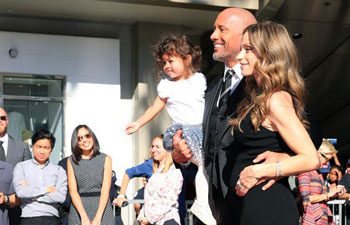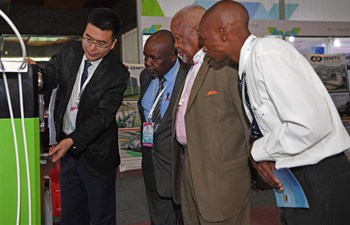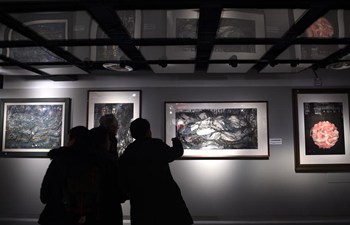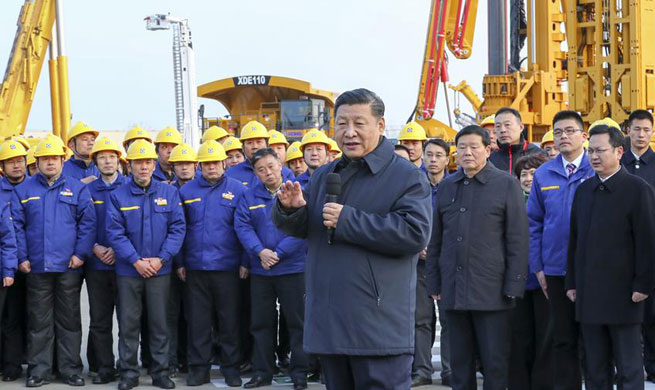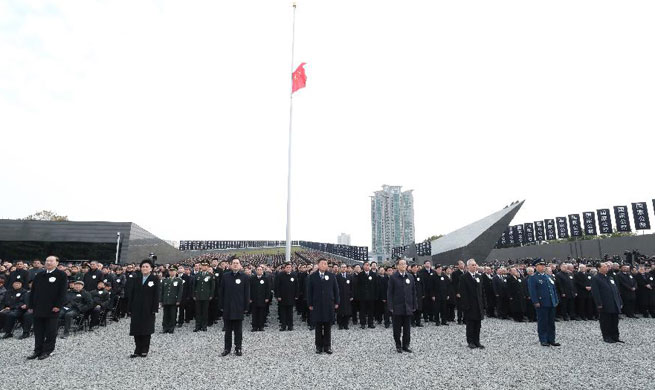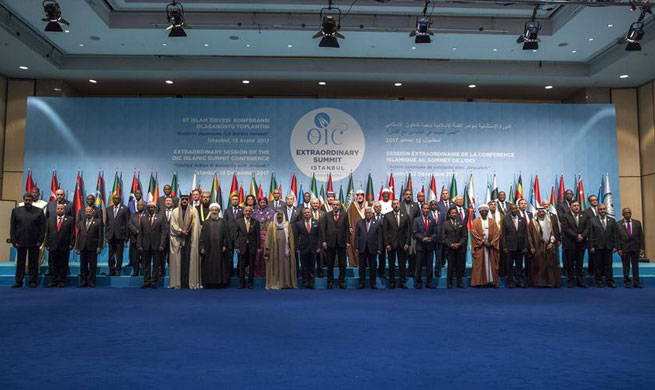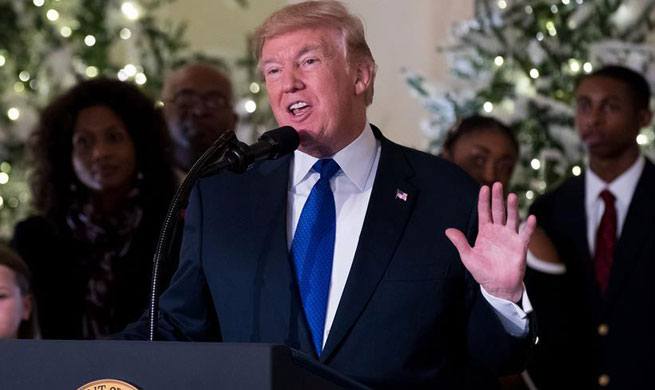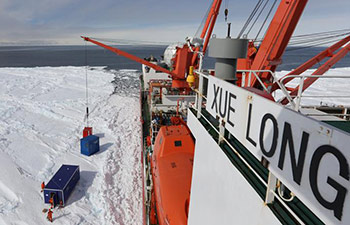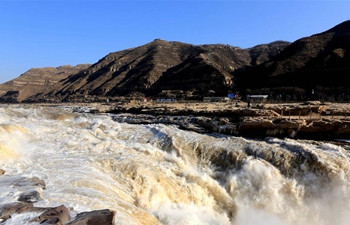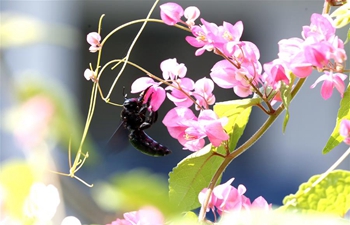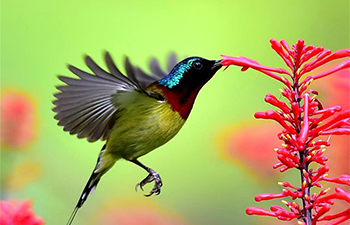LOS ANGELES, Dec. 13 (Xinhua) -- U.S. conservation groups Wednesday hailed a court decision to uphold a 20-year ban on new uranium mining claims over 1 million acres (about 4,046 square km) of public lands adjacent to the Grand Canyon, one of the symbols of the American West.
"We are delighted that the court made this decision to uphold the mining ban on public lands adjacent to Grand Canyon National park," said Sandy Bahr, director of Sierra Club's Grand Canyon chapter.
"It effectively protects the people, lands, water, and wildlife of the region and the greater Grand Canyon region from the toxic uranium mining," Bahr told Xinhua on Wednesday.
California-based Sierra Club is one of American's largest and most influential grassroots environmental organizations, boasting 3 million members nationwide.
The 9th Circuit Court ruled Tuesday that the ban, adopted in 2012, complies with the Constitution and federal environmental laws, and that size of the protected area in this case is not too large as mining companies had argued.
The Grand Canyon is a steep-sided canyon carved by the Colorado River in Arizona. The canyon and the adjacent rim are contained within Grand Canyon National Park, the Kaibab National Forest, and some Indian reservations.
It was first protected as a national monument by Theodore Roosevelt in 1908 and has been designated as a UNESCO World Heritage site.
Grand Canyon National Park is one of the U.S. premier natural attractions, attracting millions of tourists every year.
"This a great day for the Grand Canyon, for the Havasupai people who rely on its scared waters, for people who love this wonder of the natural world, and for the wildlife that call it home," Ted Zukoski, Staff Attorney of Earthjustice tweeted
Earthjustice is a California-based non-profit law organization that represented the Native American Havasupai Tribe living around Grand Canyon National Park and a coalition of conservation groups to defend the ban in court.
But unfortunately, the court rejected the group's challenge to the Canyon Mine, a uranium mine located on the Kaibab National Forest, which is 9.6 km away from Grand Canyon National Park.
The court also allowed Energy Fuels Inc. to mine without initiating or completing formal tribal consultations and without updating an obsolete federal environmental review dating to 1986.
According to a study by the U.S. Department of the Interior, new uranium mining could have major impacts on springs, wells and aquifers. In January 2012, then Interior Secretary Ken Slazar issued the 20-year ban that prohibits new mining claims and mine development on existing claims without valid permits.
"The thing that made us disappointed is that the court did not uphold the challenge to Canyon Mine. But we will continue to make our effort to protect these lands," Bahr said.
Uranium pollution has already brought disasters to the Grand Canyon and the surrounding areas. Many scientists, tribal and local governments, and businesses have all voiced support for the protections enacted by the Department of the Interior, according to Earthjustice.
The uranium mining companies have 45 days to seek rehearing by a judge panel or by the 9th Circuit Court, and 90 days to petition the U.S. Supreme Court.




